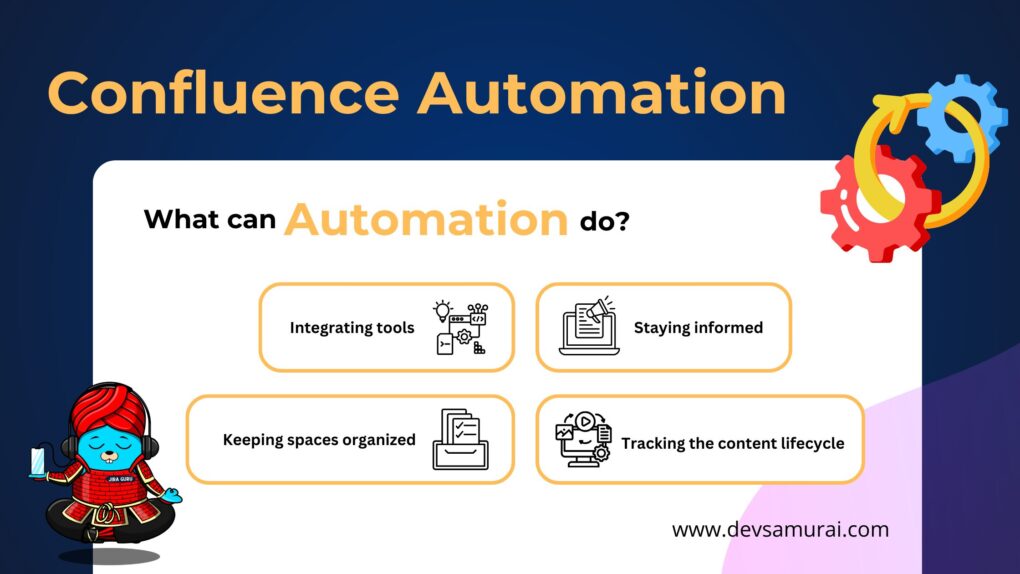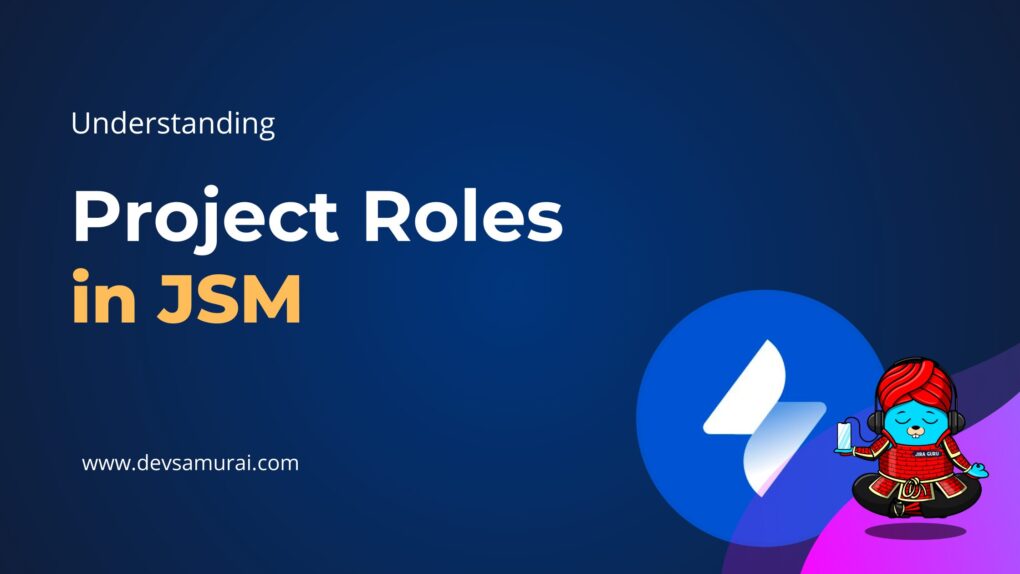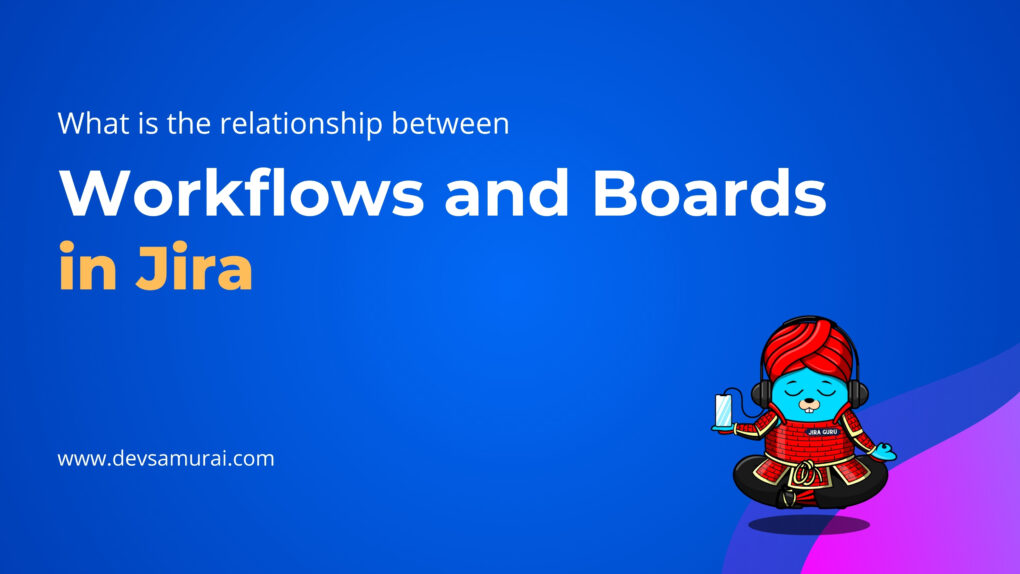Parallel sprints allow multiple active sprints to run simultaneously within the same project. This feature is incredibly useful for teams that juggle various tasks or work on multiple projects at once. By enabling parallel sprints in Jira, teams can optimize resource utilization, enhance flexibility, and better manage dependencies and parallel tasks.
In this blog, we’ll explore what parallel sprints are, how to set them up in Jira, and best practices for managing them effectively.
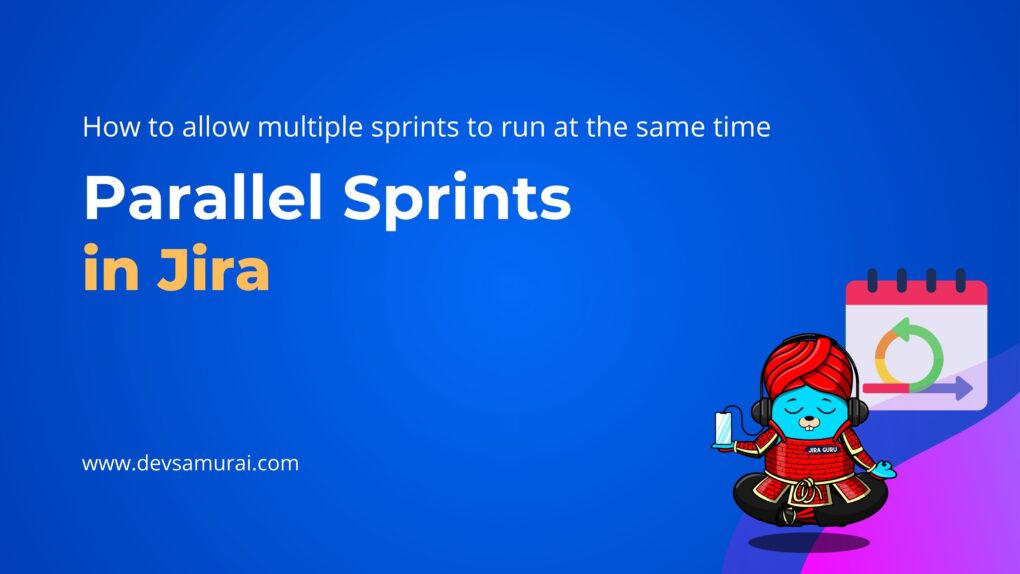
What are Parallel Sprints?
Parallel sprints are multiple active sprints running at the same time within the same Jira project. Instead of having a single sprint that all team members work on, you can have several sprints that focus on different tasks or projects. This approach allows teams to be more flexible and efficient, especially when dealing with complex projects that require various skills and resources.
Parallel sprints can be particularly useful when your team wants to split their work to focus on different goals while using the same backlog. For example, part of your team might run a sprint for development, while other team members focus on a separate sprint for design. Both sprints would contain issues from the same backlog, but each sprint can be started and completed independently.
Importance and Benefits of Parallel Sprints:
- Teams can work on different tasks simultaneously, making better use of their skills and time.
- Allows teams to switch focus between different sprints as needed, adapting quickly to changing priorities.
- Helps manage overlapping tasks and dependencies between different projects more effectively.
How to Enable Parallel Sprints in Jira
Parallel sprints in Jira allow multiple active sprints to run simultaneously within the same project. This feature is particularly useful for company-managed projects, as it enables teams to handle different tasks or goals concurrently using the same backlog. Note that this feature is not available for team-managed projects.
Here’s how to enable and use parallel sprints in Jira for company-managed projects:
Prerequisites:
- Ensure you are using Jira Software version 7.6 or later if you are on Jira Software Server or Data Center. For Jira Software Cloud, this feature is available by default.
- You must have the Administer Jira global permission.
Enable Parallel Sprints:
- From the Jira dashboard, click on the gear icon in the upper right corner to access the “Settings” menu.
- Select “Products” from the dropdown menu.
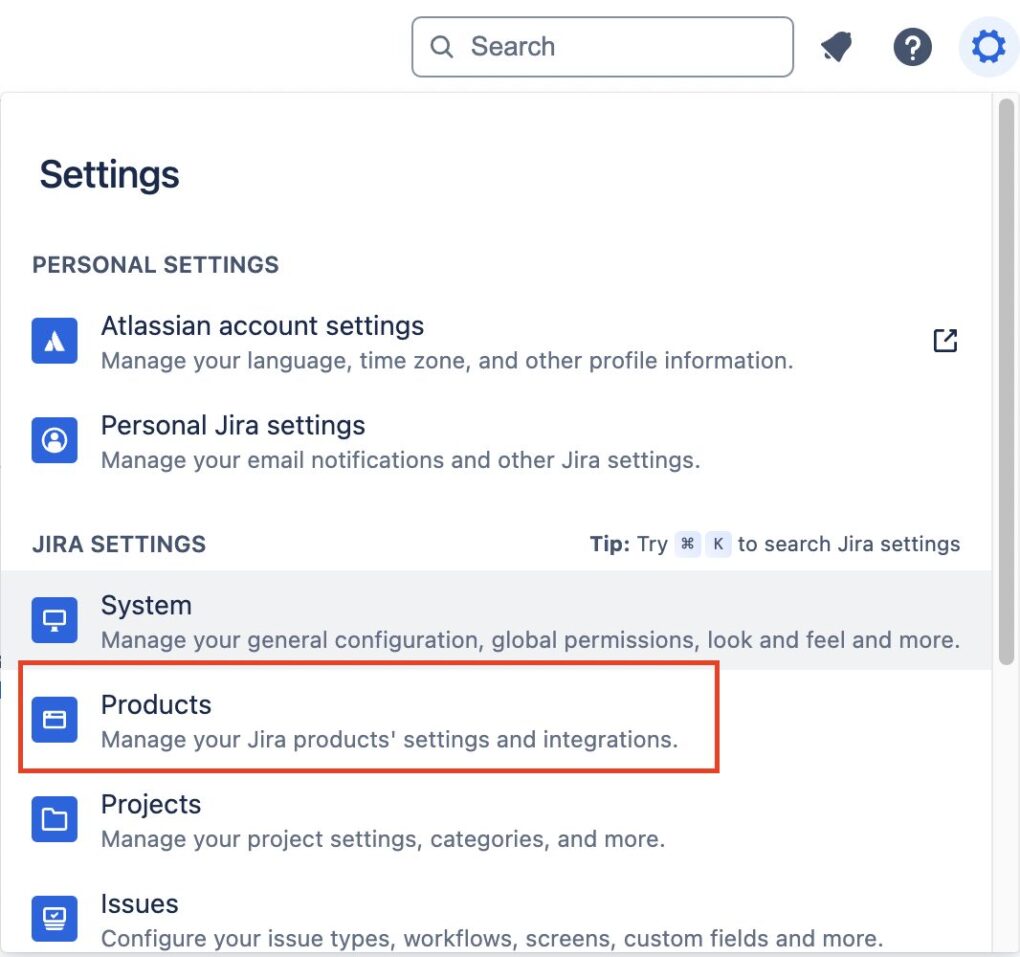
- Under the Jira Software section, locate “Jira configuration settings”
- Toggle the switch to enable parallel sprints.
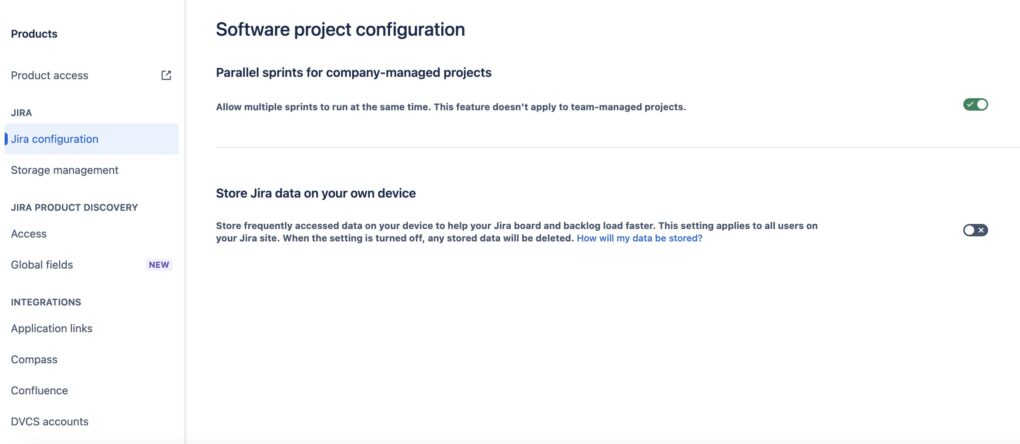
Best Practices for Managing Multiple Active Sprints
Managing multiple active sprints in Jira can significantly enhance your team’s productivity and flexibility. However, it also requires careful planning and coordination to avoid common pitfalls such as resource allocation issues and overlapping priorities. Here are some best practices to help you effectively manage multiple active sprints:

1. Organize Teams and Tasks
- Define Team Roles: Clearly assign roles and responsibilities for each team member within each sprint. This ensures everyone knows what they are working on and avoids confusion.
- Task Segmentation: Break down tasks into manageable pieces and assign them to appropriate sprints based on priority and team capabilities.
2. Handle Dependencies and Overlap
- Track Dependencies: Use Jira’s linking features to track dependencies between tasks in different sprints. This helps ensure that tasks are completed in the correct order and dependencies are managed effectively.
- Overlap Management: Identify and plan for any overlapping work between sprints. This can involve coordinating with different teams to ensure that overlapping tasks are completed without conflicts.
3. Effective Sprint Planning
- Sprint Goals: Set clear and achievable goals for each sprint. This helps keep the team focused and ensures that each sprint delivers value.
- Resource Allocation: Allocate resources based on the needs of each sprint. This might involve balancing team members’ workloads to ensure that no one is overburdened.
Challenges and Solutions
Managing multiple active sprints in Jira can offer numerous benefits, but it also presents several challenges. Here are some common challenges you may face and solutions to overcome them:
1. Resource Allocation Issues
Challenge: Ensuring the right people are available for the right tasks at the right time can be difficult, especially when multiple sprints are running concurrently.
Solutions:
- Capacity Planning: Use Jira’s capacity planning tools to allocate resources effectively across sprints. Ensure each team member’s workload is balanced to prevent burnout.
- Skill Mapping: Map out the skills of your team members and assign tasks accordingly. Ensure that critical skills are distributed evenly across sprints.
- Flexibility: Maintain a level of flexibility in your planning to accommodate unforeseen changes in availability or workload.
2. Overlapping Priorities
Challenge: Balancing priorities between different sprints can be challenging, particularly when tasks overlap or when there are competing deadlines.
Solutions:
- Clear Prioritization: Use Jira’s prioritization features to rank tasks and ensure that high-priority items are addressed first. Communicate these priorities clearly to the team.
- Dependency Management: Identify and manage dependencies between tasks in different sprints. Use Jira’s linking features to make dependencies visible and track their progress.
- Stakeholder Alignment: Regularly communicate with stakeholders to ensure alignment on priorities and adjust sprint goals as needed based on their input.
3. Increased Complexity
Challenge: Managing multiple sprints increases the complexity of tracking and managing tasks, which can lead to confusion and inefficiencies.
Solutions:
- Effective Use of Jira: Leverage Jira’s advanced features such as custom dashboards, filters, and automation to manage and track tasks effectively. Use these tools to create a clear and organized view of all active sprints.
- Consistent Processes: Establish consistent processes and workflows for all sprints. Ensure that all team members are familiar with these processes and follow them consistently.
- Training and Support: Provide regular training and support to your team on how to use Jira effectively. Encourage team members to share tips and best practices.
4. Communication Breakdowns
Challenge: With multiple sprints running, maintaining clear and effective communication can become difficult, leading to misunderstandings and misalignment.
Solutions:
- Regular Meetings: Hold regular meetings such as daily stand-ups, sprint planning, and retrospectives for each sprint. Additionally, schedule cross-team meetings to address issues that span multiple sprints.
- Centralized Communication: Use Jira’s commenting and notification features to centralize communication around tasks and issues. Ensure all relevant information is documented and accessible to the team.
- Clear Documentation: Maintain clear and up-to-date documentation for each sprint, including goals, tasks, dependencies, and progress. Use Jira’s documentation tools to keep everything organized and accessible.
5. Maintaining Focus and Morale
Challenge: Juggling multiple sprints can be overwhelming for team members, potentially leading to decreased focus and morale.
Solutions:
- Focus on Goals: Clearly define and communicate the goals of each sprint. Ensure that team members understand how their work contributes to the overall objectives.
- Team Morale: Recognize and celebrate achievements regularly. Provide opportunities for team members to give feedback and address any concerns.
- Work-Life Balance: Encourage a healthy work-life balance by monitoring workloads and preventing overwork. Provide support and flexibility when needed.
Case Studies or Examples
Real-world examples can help illustrate the benefits of parallel sprints. Here are a couple of examples:
Example 1:
A software development company uses parallel sprints to manage different features being developed simultaneously. This approach allows them to release updates faster and respond to customer feedback more quickly.
Example 2:
A marketing agency runs parallel sprints for different client projects. By doing so, they can ensure each client receives focused attention while efficiently managing their team’s workload.
Parallel sprints in Jira offer a powerful way to manage multiple tasks and projects simultaneously. By enabling and effectively managing parallel sprints, teams can improve resource utilization, enhance flexibility, and better handle dependencies. Experiment with parallel sprints see how they can optimize your Agile workflows.
Additional Resources
For more information, check out these resources:
Enable parallel sprints – Cloud Version
The difference between company-managed and team-managed projects.
DevSamurai tools on Atlassian Marketplace





